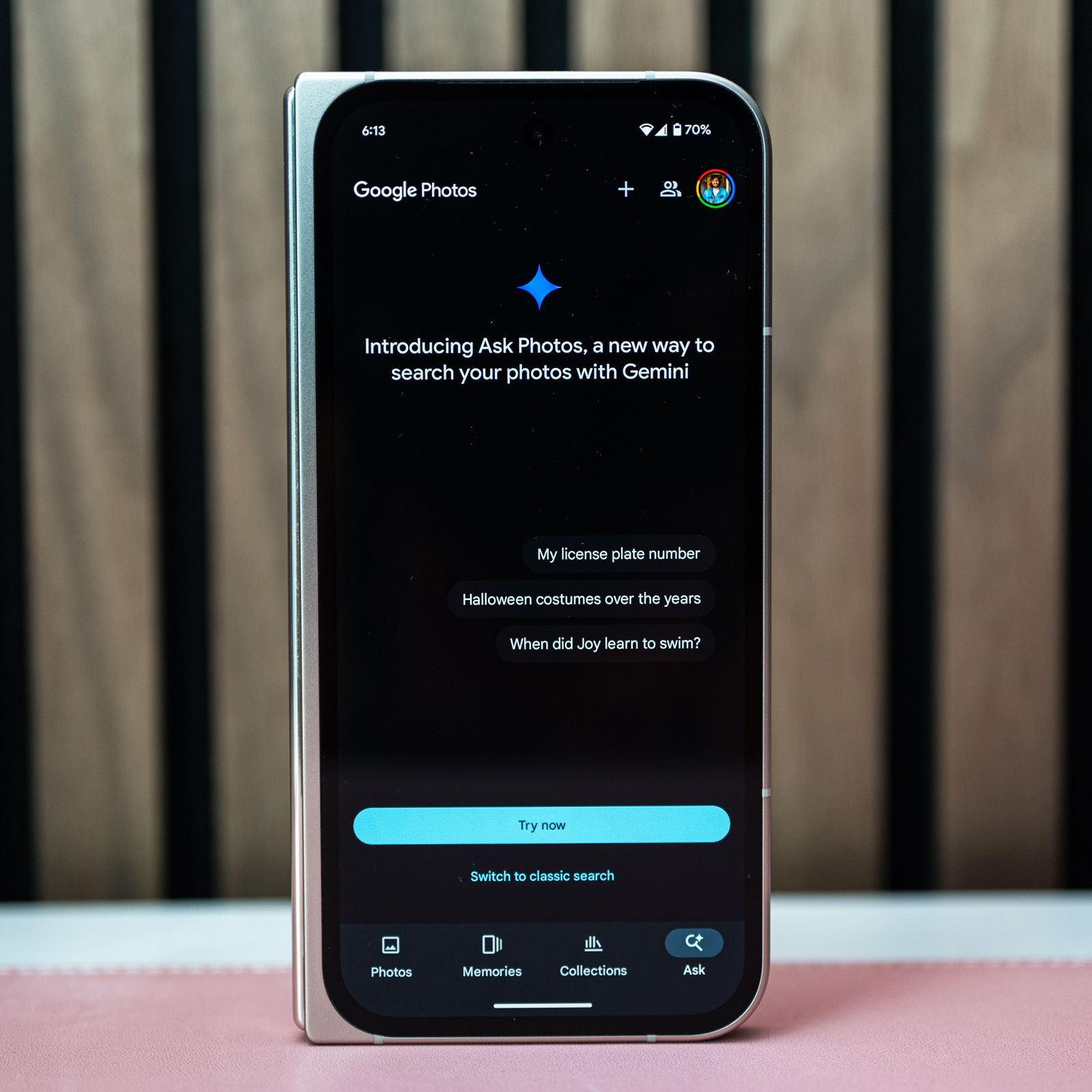Complimentary App Converts Local Radio Experience into an Exciting Journey
scrolling through Instagram reels, viewing YouTube clips, and perusing written travel narratives, at least until our finances, timelines, and visas converge.
But what if there’s an alternative way to experience the culture and sounds of a distant place without depending on someone else’s tales? Introducing Radio Garden, a complimentary app that’s not your average online radio streamer. Its distinct method of discovering local radio adds a layer of excitement and exploration beyond just sifting through an alphabetical list of channels on your device or exploring streaming platforms that suggest content.
It places you on a globe, reminiscent of Google Earth, showcasing thousands of green dots that signify the numerous local radio stations worldwide, granting you the liberty to select a live broadcast from almost any location on the planet. With a single tap, you can be listening to a K-pop station from Gangnam, tuning into a breakfast show from the Australian coast, or grooving to Bollywood hits from a Mumbai station. Be advised, it’s unfiltered, instant, and captivating.










